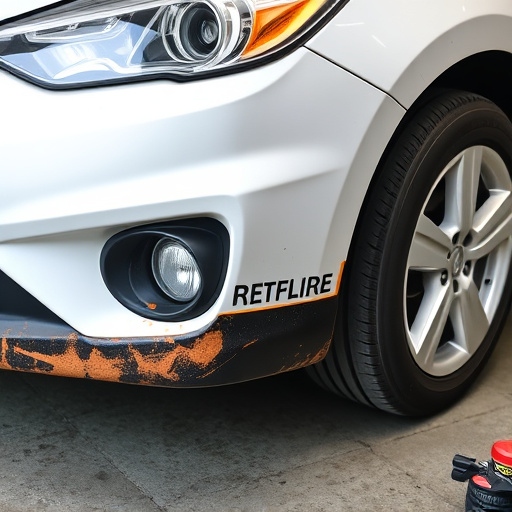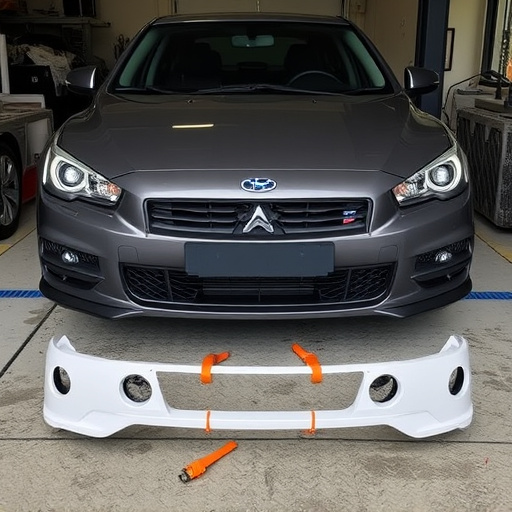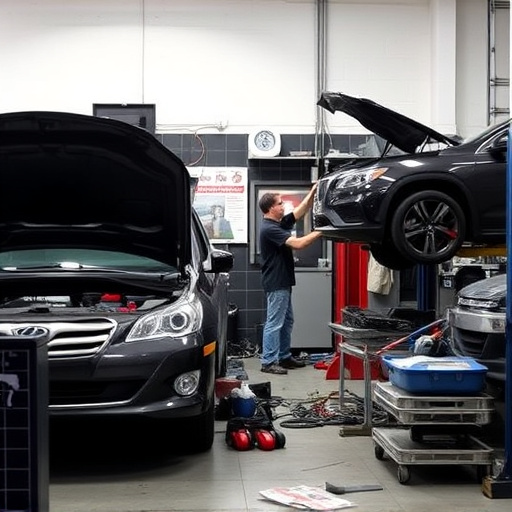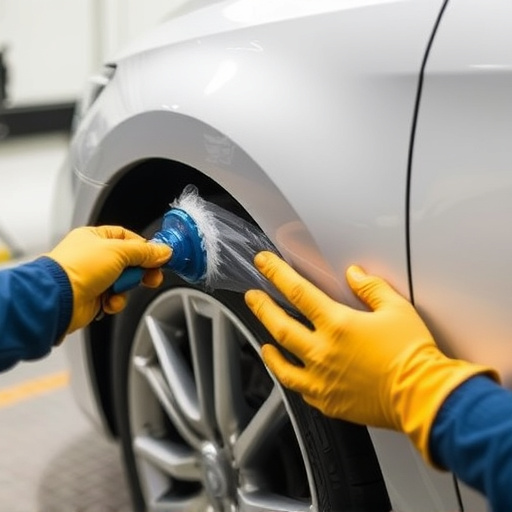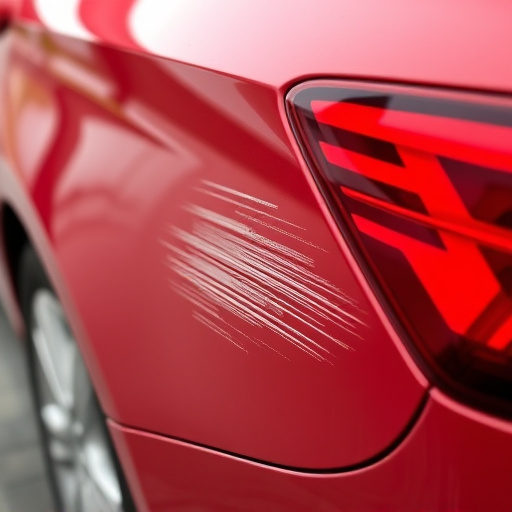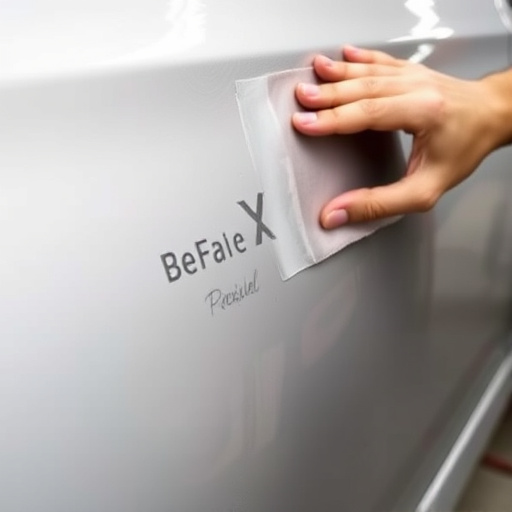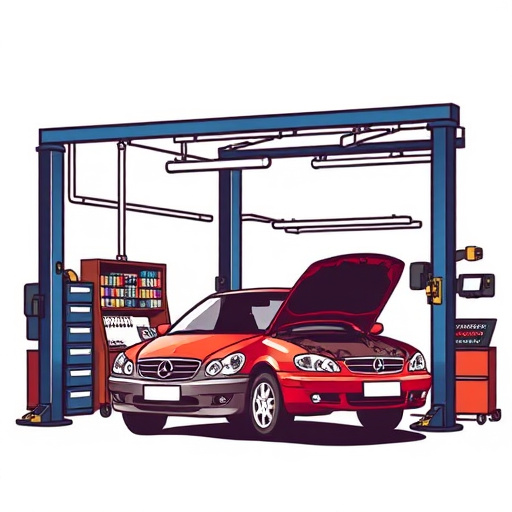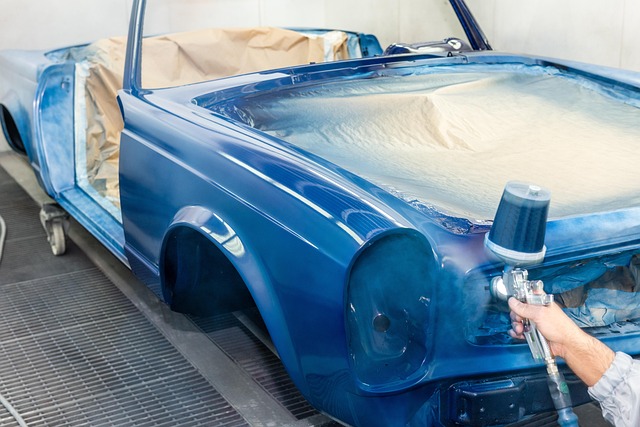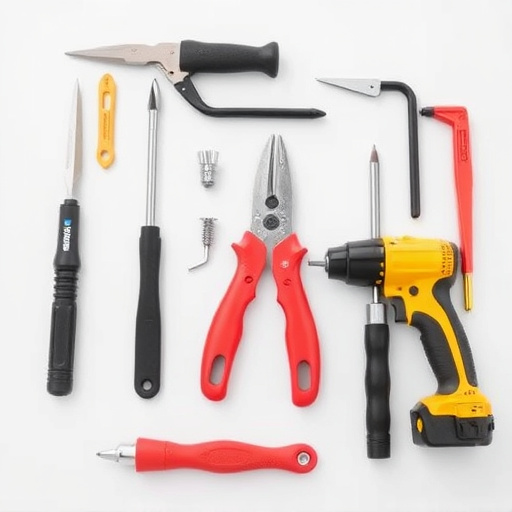After-hours drop-off demand patterns are crucial for repair shops to optimize operations, resource allocation, and customer satisfaction. Analyzing unexpected events' impact leads to efficient staffing, reduced turnaround times, and enhanced services like collision damage and Mercedes Benz repair. Implementing strategic measures, such as online platforms, flexible drop-off options, and secure parking, streamlines processes, boosts efficiency, and fosters customer loyalty.
In today’s fast-paced world, after-hours drop-off services at repair shops have become increasingly vital to meet customer demands. This article explores the impact of these late-night visits on shop operations and presents strategies to optimize efficiency. We delve into understanding demand patterns, addressing operational challenges like staffing and equipment strain, and providing solutions to enhance customer satisfaction while ensuring seamless service during non-business hours.
- Understanding After-Hours Drop-Off Demand Patterns
- Operational Challenges: Staffing and Equipment Strain
- Strategies to Optimize Efficiency and Customer Satisfaction
Understanding After-Hours Drop-Off Demand Patterns
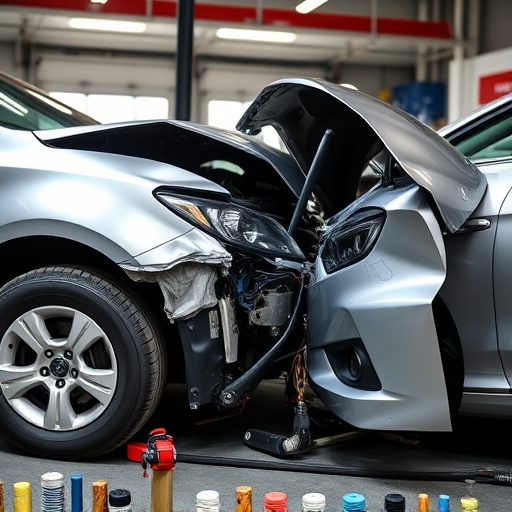
Understanding after-hours drop-off demand patterns is crucial for repair shops to optimize their operations and resources effectively. Many factors influence when customers opt for out-of-regular business hours services, including unexpected events like accidents or sudden mechanical failures. Analyzing these patterns can help shops anticipate peak times and staff accordingly, ensuring faster turnaround times and improved customer satisfaction.
For instance, collision damage repair often sees higher demand during after-hours periods due to accidents occurring unexpectedly. Similarly, auto painting services may be in high demand for urgent touch-ups or last-minute preparations for important events. Even niche services like Mercedes Benz repair can experience surge in after-hours drop-offs from loyal customers who value quick and reliable fixes outside normal working hours.
Operational Challenges: Staffing and Equipment Strain

After-hours drop-offs can significantly strain the operations of a car body shop. One of the primary challenges is staffing; many repair shops operate with limited personnel, and unexpected after-hour requests can leave staff exhausted and overworked. This is particularly true for specialized services like auto glass replacement or car body restoration, which require skilled technicians who may not be available beyond regular business hours. The result is often longer wait times for customers and potential delays in service completion.
Additionally, equipment usage becomes a critical factor. After-hours work demands that the shop keeps its machinery and tools operational and readily accessible. This requires additional investment in maintenance and ensures that essential equipment, from welding gear to computer diagnostic systems, remains functional. The constant readiness of these resources can be challenging, especially for smaller shops with limited financial resources, leading to potential downtime during peak after-hours periods.
Strategies to Optimize Efficiency and Customer Satisfaction
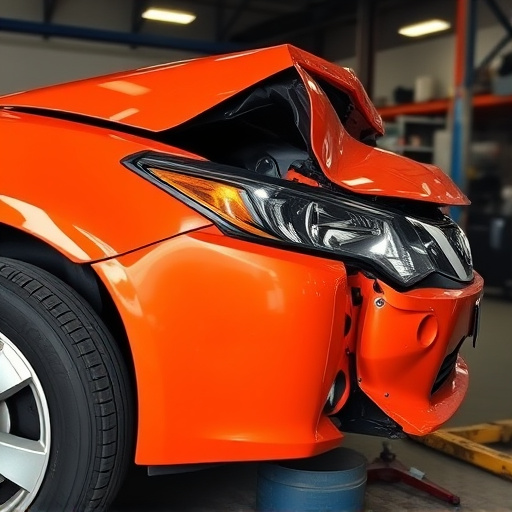
To optimize efficiency and enhance customer satisfaction during after-hours drop-offs, auto repair shops can implement several strategic measures. One key approach is to streamline the intake process by providing a dedicated online platform or mobile app where customers can schedule appointments, submit necessary documents, and even pay for services in advance. This not only saves time but also ensures that all required information is readily available when the vehicle arrives at the shop.
Additionally, offering flexible drop-off and pick-up options can significantly improve customer experience. This could involve arranging for a secure after-hours drop-off zone or partnering with local businesses to provide convenient parking spaces. For instance, a car body restoration or collision repair center near me might collaborate with a nearby gas station to allow customers to leave their vehicles after business hours, ensuring both safety and accessibility. Such initiatives demonstrate a commitment to customer convenience and satisfaction, fostering loyalty and positive word-of-mouth recommendations for the auto repair near me.
After-hours drop-off services play a pivotal role in modern repair shop operations, catering to diverse customer needs. By understanding demand patterns and implementing strategic solutions, shops can mitigate operational challenges related to staffing and equipment strain. Adopting efficient practices ensures not only enhanced customer satisfaction but also optimizes the overall workflow, making after-hours drop-offs a valuable asset rather than a burden. This approach is essential in staying competitive and meeting the expectations of today’s busy automotive owners.

